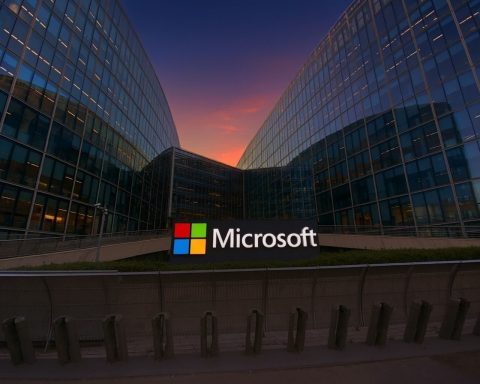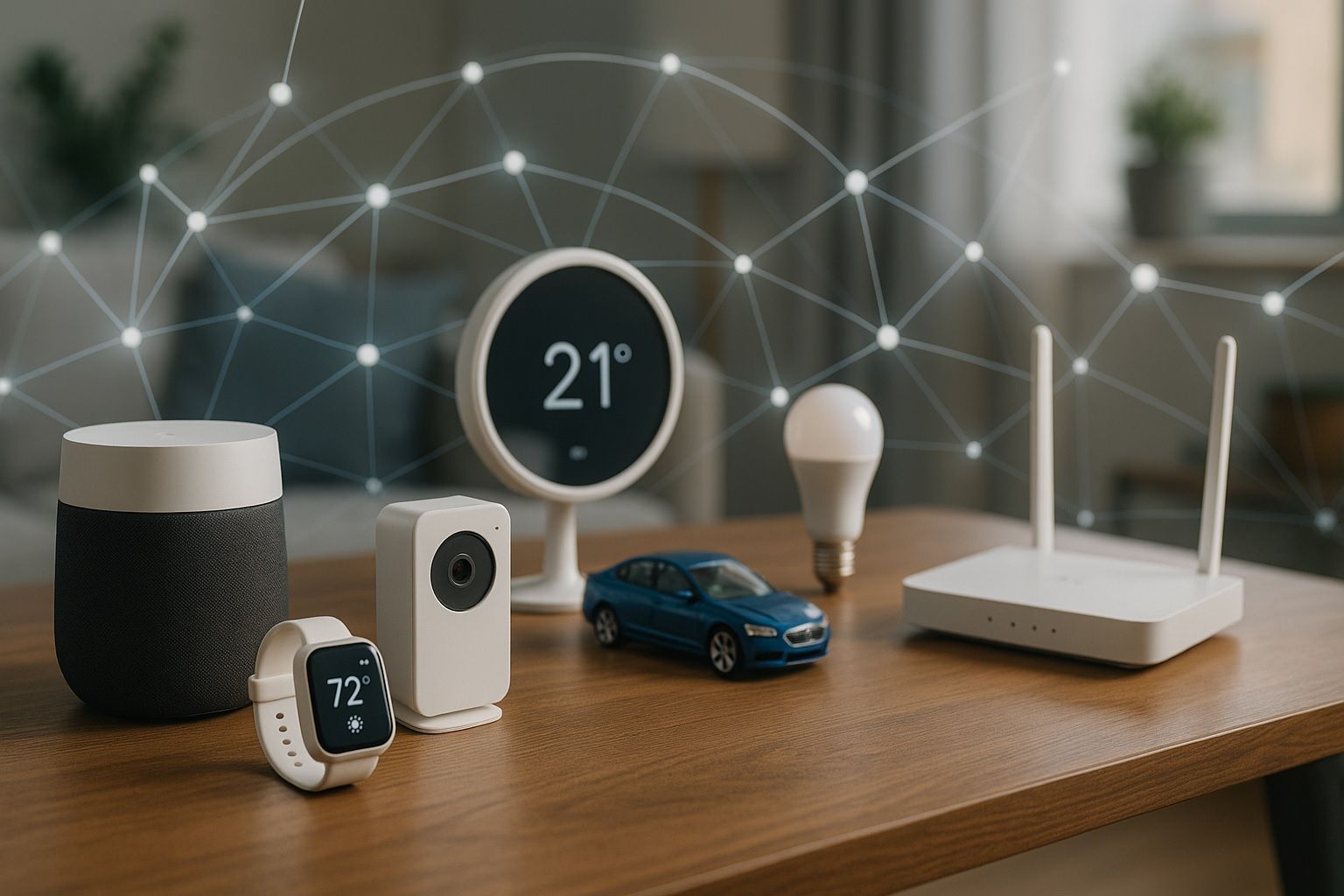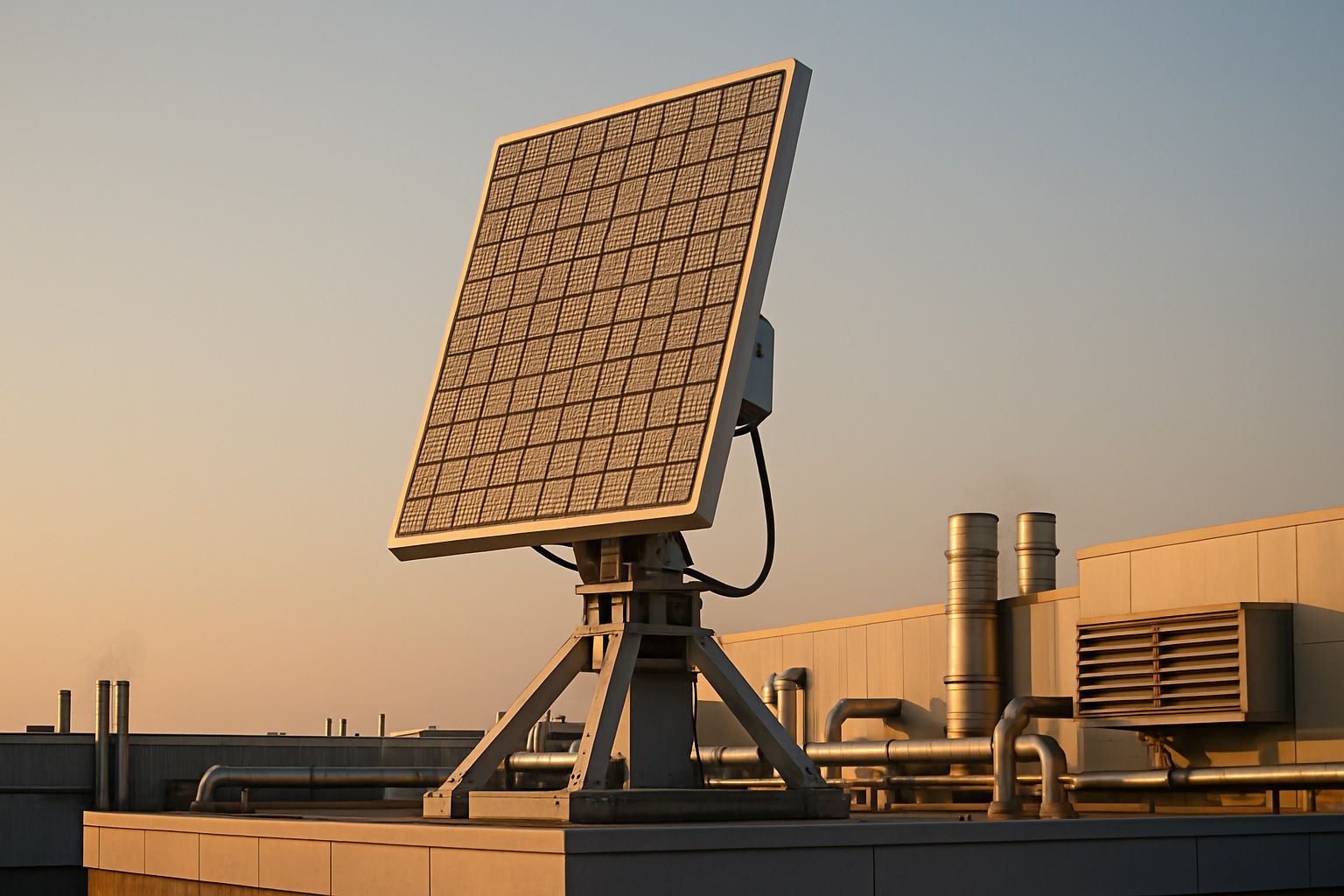
Microsoft Supercharges Azure Networking and Edge: Zone‑Redundant NAT Gateway, 400G ExpressRoute and AI‑Powered IoT at the Edge
Microsoft has launched one of its biggest networking and edge-computing waves in years, combining new Azure networking security and scale features with major upgrades to Azure Local and Azure IoT Operations. As of December 7, 2025, these changes position Azure








